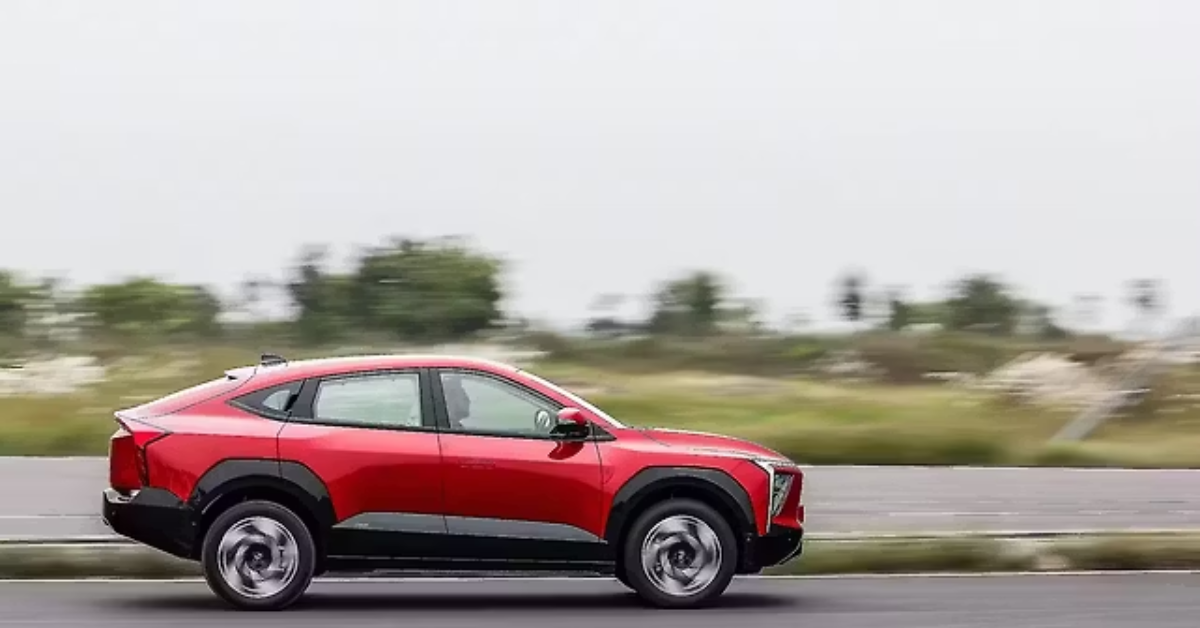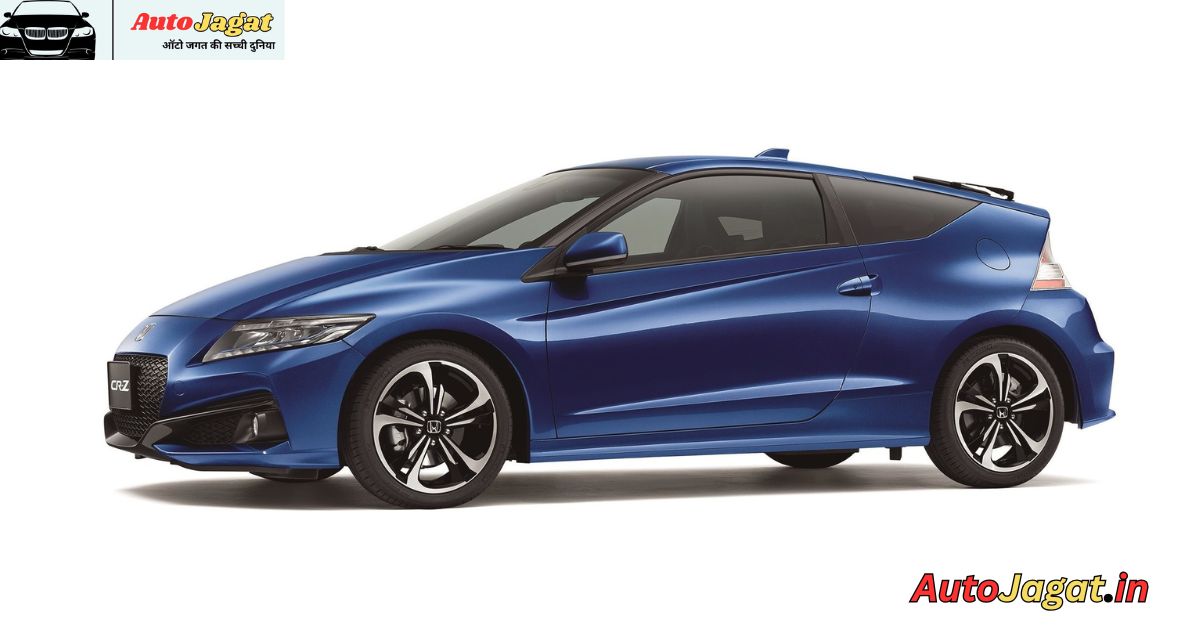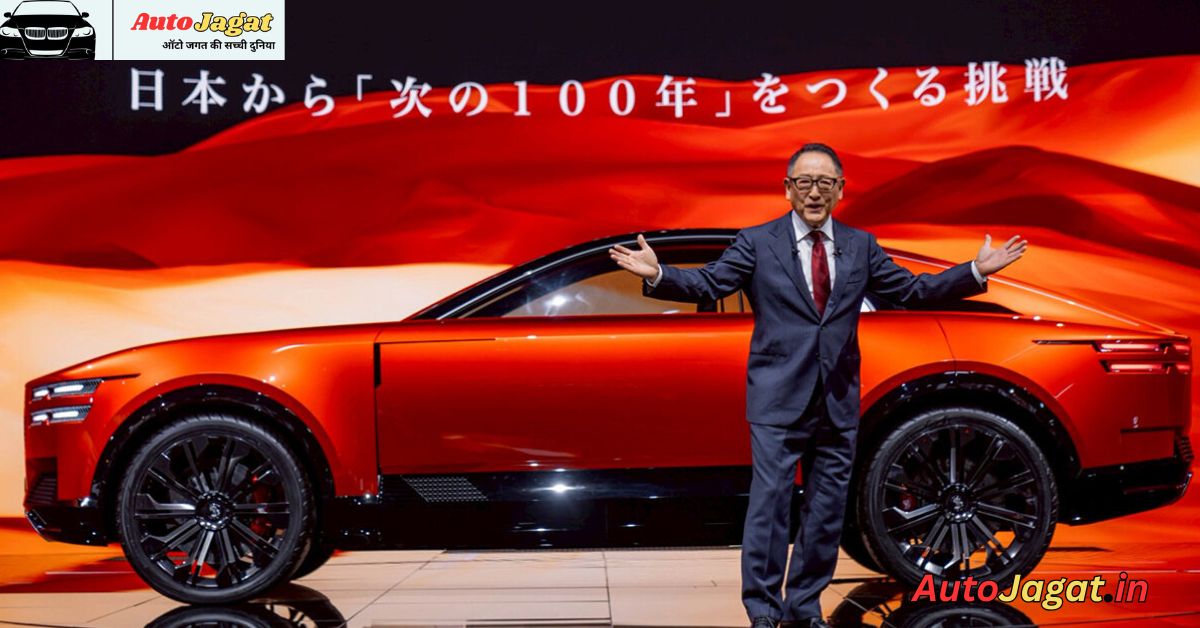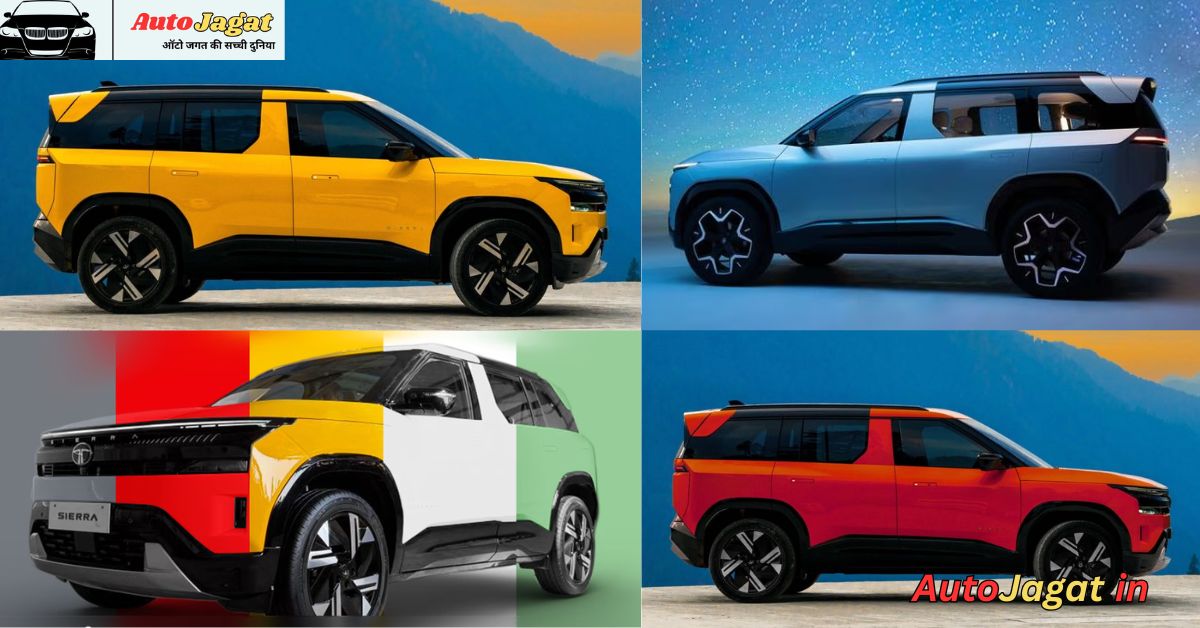India has been aggressively pushing towards an electric vehicle (EV) future over the last decade. With ambitious plans, major subsidies, and aggressive manufacturer participation, the country seemed poised for a breakthrough in clean mobility. However, a recent comment from NITI Aayog has brought to light a worrying trend — the adoption of electric cars remains sluggish, especially when compared to electric two-wheelers and global standards.
In a detailed internal assessment, NITI Aayog, India’s premier policy think tank, has expressed concern about the slow penetration of electric cars despite a favorable policy environment, subsidies like FAME II, and rising fuel costs. So, what exactly is holding India back?
Let’s dive deeper.
🔍 EV Sales Growth in India: A Mixed Bag
Electric mobility in India has seen a sharp rise in two-wheeler and three-wheeler segments. Brands like Ola Electric, Ather Energy, and Bajaj have made significant inroads in the electric scooter segment. Even in commercial three-wheelers, electric rickshaws are widely accepted across urban and semi-urban areas.
However, when it comes to electric cars, the story is different.
⚠️ NITI Aayog’s Concern:
According to recent comments and data, electric car penetration remains under 2% of total passenger vehicle sales in India — a shockingly low figure for a market that sells over 3.5 million cars annually.
🧾 Reasons Behind Low Electric Car Adoption
NITI Aayog identified several critical roadblocks that are hindering the growth of electric cars in the Indian market:
1. High Purchase Price
Despite subsidies, electric cars continue to carry a premium compared to their petrol/diesel counterparts. For example, the Tata Nexon EV, one of India’s best-selling EVs, starts above ₹14 lakh, which is significantly higher than its ICE version.
2. Lack of Charging Infrastructure
Even in Tier 1 cities, public charging stations are scarce. For residents of apartments or areas without dedicated parking, home charging is not an option, making EV ownership unfeasible.
3. Limited Model Availability
The Indian electric car market has limited options. Apart from Tata (Nexon EV, Tiago EV) and MG (ZS EV, Comet EV), there are very few models in the affordable or mass-market segment. Maruti Suzuki, Hyundai, and Mahindra are still in the process of launching their major EV models.
4. Range Anxiety
Most Indian EVs offer a real-world range between 200-300 km. For long-distance travel or highway use, this is not enough, especially when coupled with inadequate charging support.
5. Battery Replacement Costs
There is a looming fear around battery degradation and high replacement costs, which discourages long-term buyers.
📈 The Role of Government Policies: Enough or Not?
India has launched several schemes to promote electric mobility:
- FAME II (Faster Adoption and Manufacturing of Hybrid and Electric Vehicles): Offers incentives up to ₹1.5 lakh for electric four-wheelers.
- GST Reduction: Electric cars are taxed at just 5% compared to 28% for ICE vehicles.
- State-Level Incentives: Maharashtra, Delhi, Gujarat, and Tamil Nadu offer additional subsidies.
Despite this, execution lags behind intention. NITI Aayog suggests that implementation must be stronger, especially at the state level, where policy fragmentation leads to consumer confusion and poor awareness.
🏙️ Urban vs Rural Divide
Electric cars are primarily concentrated in urban centers. But India’s car market is growing rapidly in Tier 2 and Tier 3 cities, where:
- Infrastructure is lacking.
- Awareness of EV benefits is minimal.
- Consumers are more price-conscious.
Until the government focuses on localized EV education and infrastructure, growth in these markets will be negligible.
🔮 NITI Aayog’s Suggestions for Improvement
To fast-track EV car adoption, NITI Aayog recommends the following measures:
- Expand Charging Network: Focus on setting up charging stations across highways, housing complexes, and corporate campuses.
- Subsidies for Mid-Range Cars: More focus on ₹8-12 lakh EVs, where the mass market lies.
- Battery-as-a-Service Models: Reduce upfront cost by offering batteries on lease or subscription.
- R&D Support for Indian Manufacturers: Encourage local players to develop cost-effective EV technologies.
- Green Zones in Cities: Make certain zones EV-only, providing tax and parking incentives to EV owners.
💡 Bright Spots: Positive Indicators
All is not gloomy. There are some bright indicators that show momentum is building:
- Tata Motors commands over 70% of the electric car market, and is planning to launch several new models in 2025–26.
- Maruti Suzuki will launch its first EV, the eVX, soon — a car expected to disrupt the ₹10–15 lakh range.
- Hyundai and Mahindra have announced aggressive EV roadmaps, including multiple new launches in the next two years.
- Startups like Pravaig and PMV are introducing innovation in design, affordability, and mobility services.
With sustained efforts, India may still meet its goal of 30% electric car adoption by 2030 — but time is running short.
🔚 Conclusion: A Wake-Up Call from NITI Aayog
NITI Aayog’s concern is a timely reminder that intentions alone won’t drive the EV revolution. India needs a collaborative push from government, automakers, and consumers to overcome the current roadblocks.
More accessible pricing, stronger infrastructure, and better policy execution are the need of the hour. The future of India’s clean mobility ambition hinges on how quickly we act on these insights.
If India wants to be a global EV leader, it must first win the battle at home.





